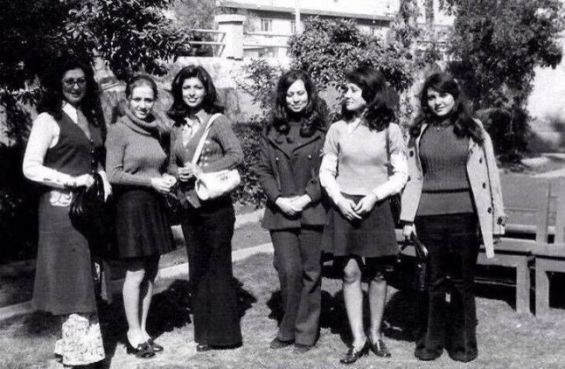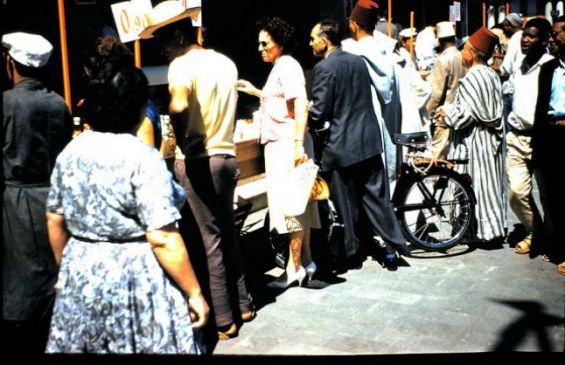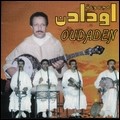You have probably read on social media or overheard in a coffee shop conversation about what women should and should not wear. You would look at people debating about what our mothers wore and what girls wear these days, asking yourself if there was really a change in what Moroccan women choose to put on their bodies.
Photos, videos and tweets have been trying, these days, to spot the difference between our female ancestors and nowadays' women’s fashion. Were they more conservative than us or is it actually the complete opposite ?
Medieval Morocco and how women dressed
In fact, history has shown that, contrary to what many may believe : our foremothers were not as conservative with their clothing as one may think. Thus the voices claiming that Moroccan women in the past cared too much about the length of their robes and garments are debunked. Indeed, and according to historians, our mothers cared more about what their clothes said about their tribal identity and origins than to how revealing they would have been deemed.
In the past, basically centuries ago, the dress code for women depended on their regions. In medieval Morocco, women from the countryside had several outdoor activities which shaped the way they dressed, medieval historian Mohamed Latif explains.
«In the countryside, women's clothing was not really an issue, as their clothes reflected their busy lifestyle and mirrored their identity», the historian mentions. To him, these women cared much more about telling others to which tribe or region they belonged than anything else.
But in the city, things were a bit different, especially during the reign of the Marinid dynasty. «What women wore during the Almoravid and Almohad dynasties was not really an issue … and I can even say that women were more ‘open-minded’ with their clothes during that time», the historian stressed. However, with the rise of the Marinids, religion started taking a major role in defining what a Moroccan woman should or should not put on her body.

According to Latif, women in big cities were influenced by the rise of Islamic scholars that were empowered by the Marinid sultans. During the 14th century, «fquihs forced women to abide by certain rules», he declared. Quoting other historians, Latif said that during this period some scholars «prohibited Moroccan women from hanging out with Andalusians, who were more open and freer when it comes to clothes».
The historian even speaks of a very powerful scholar in Fes who was very strict about what women had to wear: «Abou Al Hassan Alsaghir, who lived during the 14th century, punished women who did not cover up by smudging their clothes», Latif said.
To the historian, linking women’s clothes to religion started in this period and the idea survived since then. He also blamed Islamic scholars from that era for engraving this mentality in what people in general, and men in particular, think what women should wear. «They viewed women from a religious angle and therefore the ideal to them was to cover up», he clarified.
The 50s and «hajbat»
Restrictions on what women had to wear and how long their garments had to be was carried even during the contemporary times. During the 1950s, for example, some women had major red lines put by their families and husbands, that they couldn’t cross. To Moroccan historian Ahmed Amalik, some women did not have the right to go out or participate in outdoor activities. There was even a special term that described them : «hajbat».

But even those women and girls who had to study or work, wore a «djellaba and some sort of niqab, which was a piece of fabric that hid their nose and mouth and only showed their eyes».
«At some point, women started getting rid of this garment and moved to more modern clothes, mainly Western-styled ones», the university professor said. «This was frowned upon, to the point that some people invented a proverb linking droughts to such clothing choices and blaming women for it», he added.
City vs. suburbs
However, women’s clothes were also influenced by what the French brought with them during the colonization era, including skirts, pants and other modern and Western-styled fashion. In Casablanca, for example, the 1960s and 1970s were a period when men and women interacted and studied together, without paying much attention to clothes, Moroccan sociologist Mohamed Almotamasik said.
«Men and women co-existed in this environment, especially when it comes to rich and middle-class neighborhoods», he explained. The trend was not really similar, to what was happening in the suburbs of the metropolis. According to the researcher, «women who lived in Casablanca’s popular areas during that period had to abide by the rules and the perceptions of these people when it came to traditions».

He recalled that «when going out, these girls or women would wear what was seen as acceptable in their neighborhoods and get changed into more modern and outspoken clothes when they had to visit these classy and rich areas of the city».
But to the sociologist, things changed and got a little conservative by the beginning of the 1980s when certain reforms took place. «When the educational system got reformed, the situation changed», acknowledged Almotamassik, referring to the «arabization» which was implemented by the end of that decade.
«The reform brought along ideas that were foreign to our society and even Islamic studies started focusing more on what women should and shouldn’t wear», he explained. To him, a wave of conservatism that had stormed the country was also behind much of the restrictions put on women’s clothes.
Controlling and policing women's bodies and what they are wearing is still a priority for some Moroccans, including men and some politicians.





 chargement...
chargement...













